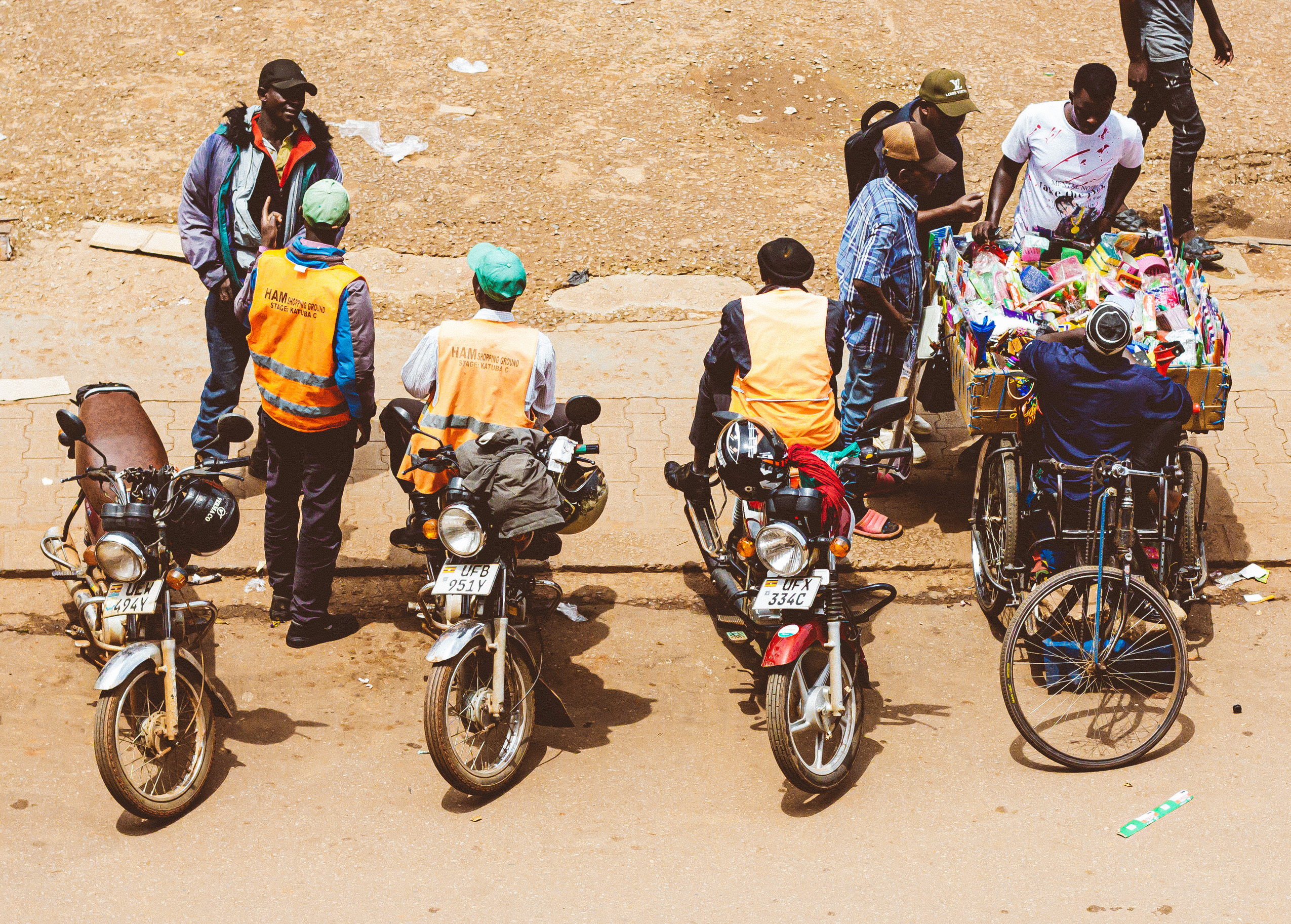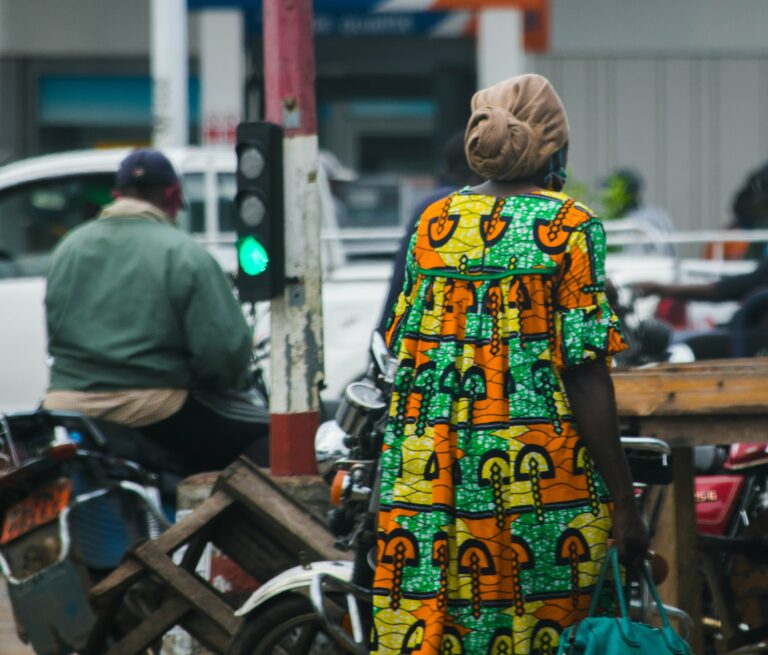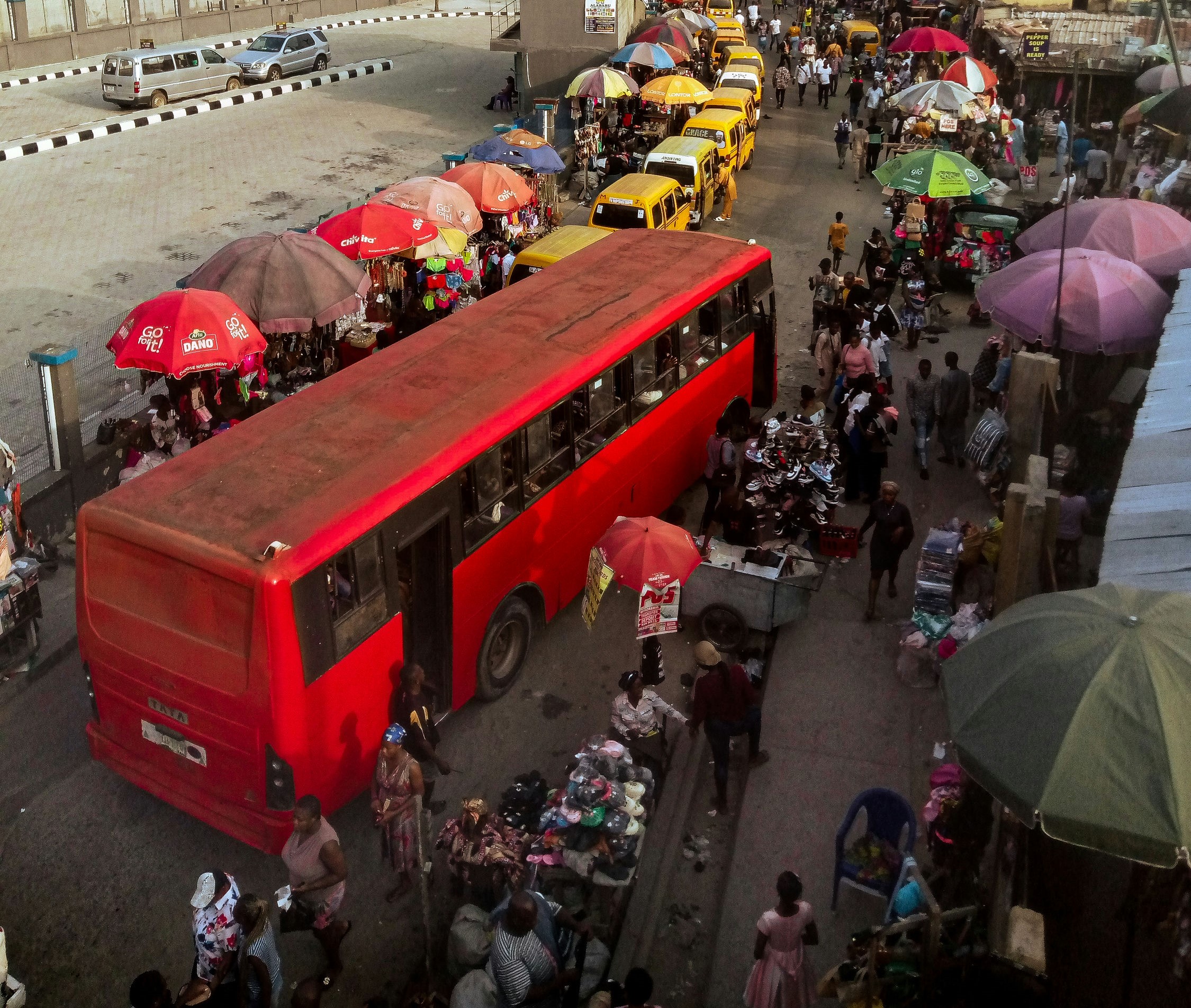1 November 2024
Transforming Urban Mobility in Africa: A Pathway to Equitable and Sustainable Cities



African cities are at a critical juncture, facing unique mobility challenges shaped by rapid urbanisation. The transportation sector, which plays a critical role in the economic, social, and environmental landscape of these cities, is struggling to integrate within outdated planning models, insufficient infrastructure, and rising road safety concerns. Yet, with these challenges come opportunities to redesign urban mobility systems that are equitable and sustainable for people and the planet.
Increasing populations in African cities greatly influence land use patterns, often resulting in a mismatch with previously envisioned urban planning frameworks. Furthemore, the development pathways of most African cities still favour a car-centric paradigm, in which urban master plans locate living areas far removed from places of employment and recreation, premised on outdated ideals of a modern, clean and ordered city which has led to sprawling cities (ICLEI Africa, 2020). This outdated approach has not only perpetuated spatial inequalities but also hindered the development of sustainable and efficient public transport systems. Therefore, places and opportunities become increasingly inaccessible since urban frameworks do not cater for current and future trends of urban expansion in these areas, resulting in inadequate service delivery and infrastructure. Unplanned settlements continue to emerge, without supporting transport infrastructure.
Failure to prioritise sustainable urban mobility could lock African cities into patterns that threaten long-term socio-economic development and climate resilience. The majority of people affected are the most vulnerable, lower income groups as well as people living with disabilities. As urban expansion outpaces formal planning, leaving gaps in service delivery and infrastructure, there needs to be a rethink of the models that support mobility in cities for all. A fundamental shift is required that looks beyond improving transport infrastructure. It’s about reimagining how cities connect residential and non-residential areas, while prioritising people-centric, low-carbon mobility solutions.
Aligning urban mobility strategies with international frameworks like the Sustainable Development Goals (SDGs) and the Paris Agreement could help to ensure that cities not only reduce their environmental impact but also improve the quality of life for all residents. Mobility in Africa needs to take a more holistic approach that goes beyond simply the financing of large scale infrastructure. Creating an enabling environment between actors involved in policy and practice is imperative for a coordinated approach that encourages alternative strategies and better implementation. In transforming urban mobility in Africa, the following approaches could be considered;
Integrating urban and transport planning
It is crucial to consider the integration between transport planning and urban planning and the impact of land use planning on mobility. Due to rapid urbanisation and the increase of sprawl in African cities, land use patterns are often in contradiction with trunk route infrastructure. This increases the cost of travel to and from areas where urban expansion is taking place. Thus aligning land use patterns with mobility planning ensures that densifying areas are catered to and that long term infrastructure planning can be undertaken for these areas, to prevent reactive planning.
Transit Oriented Development (TOD) is an approach that integrates spatial patterns and transport planning to enable urban residents to sustainably access their cities. This approach considers the density and diversity of land-uses needed to support viable public transport systems. Without such planning, African cities risk cementing social inequalities and impeding economic development.

Promoting compact and mixed-use development
Shifting toward compact cities with mixed-use development can reduce travel distances and promote walking and cycling. Promoting higher-density living and integrating land use with transportation planning will also reduce travel distances, improve public transport efficiency, and create more walkable, vibrant communities. Aligning urban development with sustainable mobility goals can enable cities to meet the demands of growing populations while mitigating environmental impacts.

Investing in low-carbon transport options
The increase of car ownership levels are rising rapidly along with increasingly more dangerous levels of air pollution (UNEP, UNHabitat, 2022). This has an impact on greenhouse gas emissions which exacerbates climate change. Thus, investment in electric vehicles and low-emission transport solutions aligns with global climate targets. Electric mobility (e-mobility), particularly the adoption of electric buses, offers a promising path forward. While upfront costs are higher for electric vehicles, their long-term savings in maintenance and fuel make them a more sustainable investment. African countries such as Nigeria, South Africa, Kenya, and Ghana are already setting ambitious targets to decarbonise their transport systems, aligning their goals with global climate action frameworks like the Paris Agreement. However, with 78% of electricity generation in Africa still reliant on fossil fuels, this will also require a shift to more renewable energy production. (AfDB, 2022 in ICLEI Africa, 2022).

Reclaiming road spaces for pedestrians and cyclists
The increase of car ownership levels are rising rapidly along with increasingly more dangerous levels of air pollution (UNEP, UNHabitat, 2022). This has an impact on greenhouse gas emissions which exacerbates climate change. Thus, investment in electric vehicles and low-emission transport solutions aligns with global climate targets. Electric mobility (e-mobility), particularly the adoption of electric buses, offers a promising path forward. While upfront costs are higher for electric vehicles, their long-term savings in maintenance and fuel make them a more sustainable investment. African countries such as Nigeria, South Africa, Kenya, and Ghana are already setting ambitious targets to decarbonise their transport systems, aligning their goals with global climate action frameworks like the Paris Agreement. However, with 78% of electricity generation in Africa still reliant on fossil fuels, this will also require a shift to more renewable energy production. (AfDB, 2022 in ICLEI Africa, 2022).

Creating an enabling environment
Collaboration across governments, private sectors, and communities is essential for fostering large-scale change. Integrating various modes of transport into a cohesive system will ensure greater accessibility for all. The transport industry features a myriad of stakeholders, creating difficulties in coordination and sometimes resulting in a breakdown in trust, service delivery and the state of urban mobility in cities. Improving governance processes relating to urban mobility can support more effective and efficient processes. For instance the establishment of transport authorities can support in delivering sustainable public transport services. However, it is crucial that the roles and mandates between ministries and these institutions are clear, and that they are sufficiently resourced to function effectively.

Improving access to data
Missing data infrastructure is a significant barrier to implementing sustainable transport systems. For example, 92% of the largest low and middle income cities do not have transport maps (Krambeck, 2015). With credible and reliable data, analysis can be undertaken to support the planning, implementation and management of transport systems. By mapping public transport and other multimodal routes, insights on underserved areas can be gathered, as well as identifying potential areas for upgrading and additional infrastructure. Citizen science could help to overcome some of these data gaps, gathering on-the-ground information from various sources. Additionally, setting up traffic management centres through resource mobilisation and partnerships could also support in gathering accurate real time data.

Aligning projects and initiatives with global sustainability goals.
The ICLEI Malmo Commitment and Strategic Vision 2021–2027 recognises urban mobility as a key entry point for supporting sustainability transitions and commits to decarbonising the transport sector through low- to zero-emissions mobility options whilst adopting people-centred mobility approaches that integrate walking, cycling, public green space and public transport. This requires a whole-of society and whole-of-government approach with strong collective effort (ICLEI Africa, 2020)
The projects that ICLEI Africa has worked on illustrates a commitment to sustainable urban transport. ICLEI has undertaken projects such as the Transformative Urban Mobility Initiative (TUMI) that aims to accelerate a transition to electric buses across multiple regions to maximise impact towards reducing global GHG emissions. More recently, the current TRANS-SAFE project, which ICLEI is a part of, hopes to contribute towards the delivery of the Joint EU-Africa Strategy and advance countries’ progress towards the 2030 Sustainable Development Goals. While TUMI supported the adoption of climate-friendly transport systems, including e-mobility, TRANS-SAFE focuses on improving road safety and policy development through a safe systems approach. Additionally, through awareness-raising initiatives such as the African Mobility Month (AMM) campaign, ICLEI Africa uses the power of social media to highlight successful mobility projects, encourage knowledge sharing, and galvanise collective action across the continent.

Conclusion
Urgent action is needed to reshape African urban mobility for long-term socio-economic and environmental resilience. The future of urban mobility in Africa holds immense potential to shape not only the continent’s cities but also its role in the global climate conversation. By embracing innovative solutions, rethinking urban planning, and fostering collaboration across sectors, African cities can pave the way for more equitable, sustainable, and resilient urban environments. The time to act is now. Through concerted efforts, African cities can transform urban mobility and secure a better, greener future for generations to come.
reference list
African Development Bank, 2022. Benjamin Welle and Anna Kustar – Transport: Toward a more inclusive, safer and cleaner mobility in African Cities
Gasnolar, A.I. 2022. Financing urban mobility in Africa. Cape Town: African Centre for Cities & Alfred Herrhausen Gesellschaft.
ICLEI Africa, 2020. African Mobility Month Digest 2020.
ICLEI Africa, 2022.Background Paper: Leveraging E-Mobility In Transitioning To Sustainable Urban Mobility In Kenya And Africa Background paper for Africities 17 – 21 May 2022.
ITF, 2019.Transport Innovations from the Global South: Case Studies, Insights, Recommendations, Corporate Partnership Board Report. International Transport Forum, Paris, France.
Krambeck, Holly. 2015. The General Transit Feed Specification (Gtfs) and Implications for International Development. https://www.slideshare.net/EMBARQNetwork/the-general-transit-feed-specification-
United Nations Environment Programme and United Nations Human Settlements Programme (2022). Walking and Cycling in Africa: Evidence and Good Practice to Inspire Action. Nairobi. https://wedocs.unep.org/20.500.11822/40071


